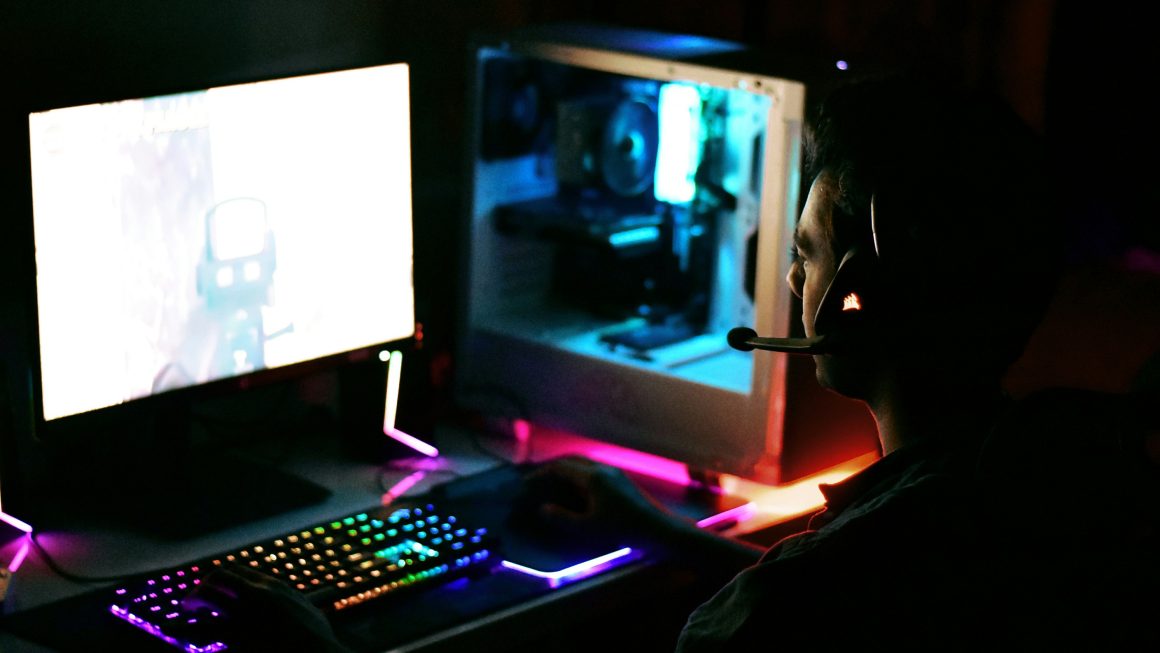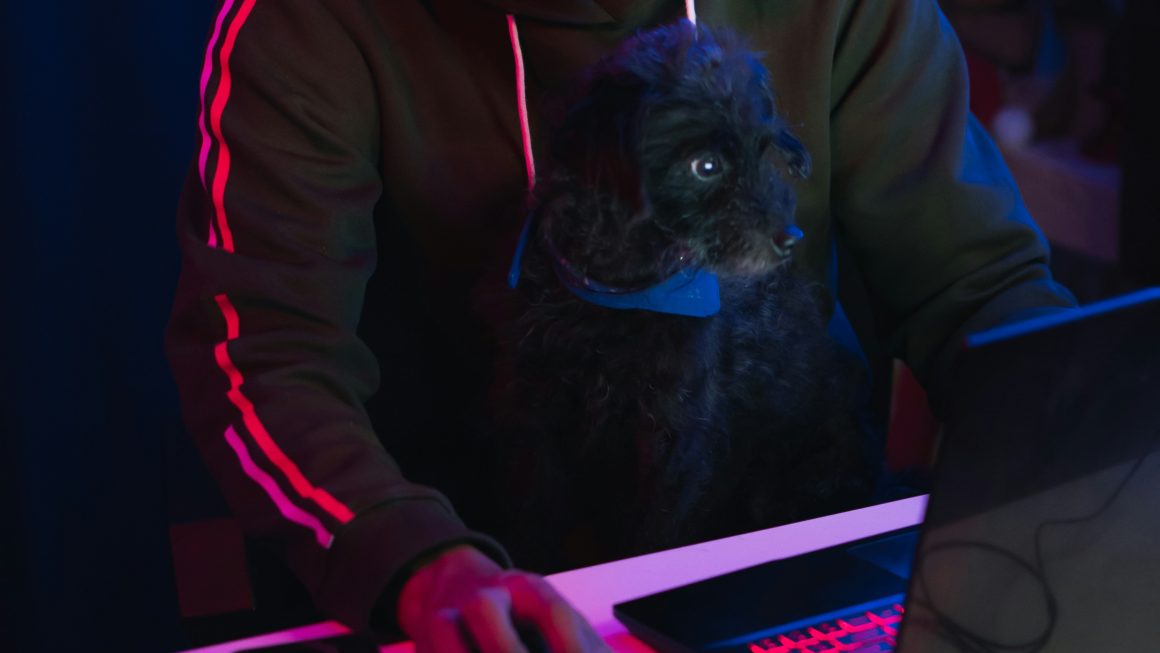Escape rooms are exciting puzzle rooms that are lots of fun for you and your group of friends. These are especially ideal for people who love puzzles, love playing and collaborating with other people, love thinking games, and love being competitive. Given the popularity of escape rooms, you must have heard about them by now. However, if you’ve never gone to one, you might be wondering how they work.
How Do Escape Rooms Work?
The question gets answered more detailed below. In a nutshell, escape room like Lockbusters in Orlando are essentially establishments that provide the activity of solving puzzles for recreation. In this sense, an escape room is not so different compared to a laser tag place, or a rock climbing place.
Furthermore, escape rooms are essentially giant puzzles that require multiple smaller puzzles to solve. They come in different themes and you are usually given a set amount of time to solve it.
Where It Begins
Just like for everyone who wants to experience the thrill and excitement of doing an escape room, you have to go to an established outlet that specifically does escape rooms. Some popular names of escape room outlets around the US include The Escape Game, 60OUT Escape Rooms, Mystery Mansion Escape, Red Door Escape Room, and Escape Room Downtown just to name a few.
The outlet is an important part of the decision-making process because the experience will greatly depend on the establishment and what kinds of rooms they offer.
Can you go to an escape room alone? Of course! While it is much more recommended to go in a group, especially a group that communicates and works well together, some escape rooms would allow single players to play. However, some places might group you together with other people to solve a room together.
Once an outlet has been decided, the next step would be to choose a theme. One of the best things about escape rooms is that they come in all sorts of themes!
There are some that are like military or police-themed. An example for themes like this would include an escape room where you and your friends are the bomb defusal squad and your group needs to solve the puzzles inside the room to deactivate the bomb. A room with these themes can also set you and your friends as detectives inside a precinct solving a crime.
Another popular theme for escape rooms are horror rooms. These are escape rooms that are scarier in nature with more terrifying set designs, some even including actors. An example of a horror-themed room would be a zombie apocalypse.
Rooms like this might set you up in a locked room with zombies clawing their way through to get in. Another popular horror-theme would be to pattern a room after an insane asylum. Medical horror themes are incredibly popular and terrifying, with some people naturally afraid of hospitals.
Once a room with a certain theme has been decided, a staff member would then direct you to the room. Inside the room, the employee would typically give you a rundown on the story or the theme.
Using an example above of the zombie-themed room, the staff member will explain your scenario: you are a group of survivors who happened to find a convenience store. While searching around, you learn that there is a secret bunker under the convenience store that can only be found and accessed by solving the puzzles. However, the group has to solve the puzzles in time because a hoard of zombies are on their way towards the convenience store.
After telling your group the story, the staff member can then tell you the rules of the room. They would usually say what things are not allowed (e.g., destroying property is not allowed, touching electrical outlets is not allowed, climbing on top of furniture is not allowed, etc.) and then tell you the time limit of the room. In order to maintain a certain level of excitement, escape rooms are often given time limits depending on the difficulty of the room.
Harder rooms would usually get more time. So once all things are said, you and your friends are ready to begin.
Once Inside the Room
Once inside the room, you and your friends have to solve the necessary puzzles and perform the necessary tasks to be able to escape the room.
The first thing groups often do is split up and cover as much ground as possible. Clues and puzzles are scattered throughout the room. Some might be cleverly hidden while some may just be tucked in plain sight.
Clues and puzzles are often connected to one another. This means that some puzzles cannot even begin to make sense if the other puzzles have not been solved yet. For example, one of you might be working on a puzzle that will give out a one-digit number after completion. This wouldn’t make sense at first until you find other puzzles that also give out one-digit numbers. Together, these numbers can then be used to unlock a combination lock or a safe.
Generally, rooms are designed to be intuitive. For example, if the goal of a room is to unlock a safe, then puzzles would usually give out the necessary information to unlock a safe. Other times, the goal would be to answer a question.
Conclusion
If you’re worried about how to do an escape room, fear no more. While it can be confusing and daunting to some beginners, rest assured that the design of the rooms are usually intuitive as to what you are required to do.
Furthermore, the instructions given by the staff at the beginning of the game are usually more than enough. If you stumble or aren’t sure of something, staff members are also there and eager to assist you – some might even give you secret tips on how to solve the room.




